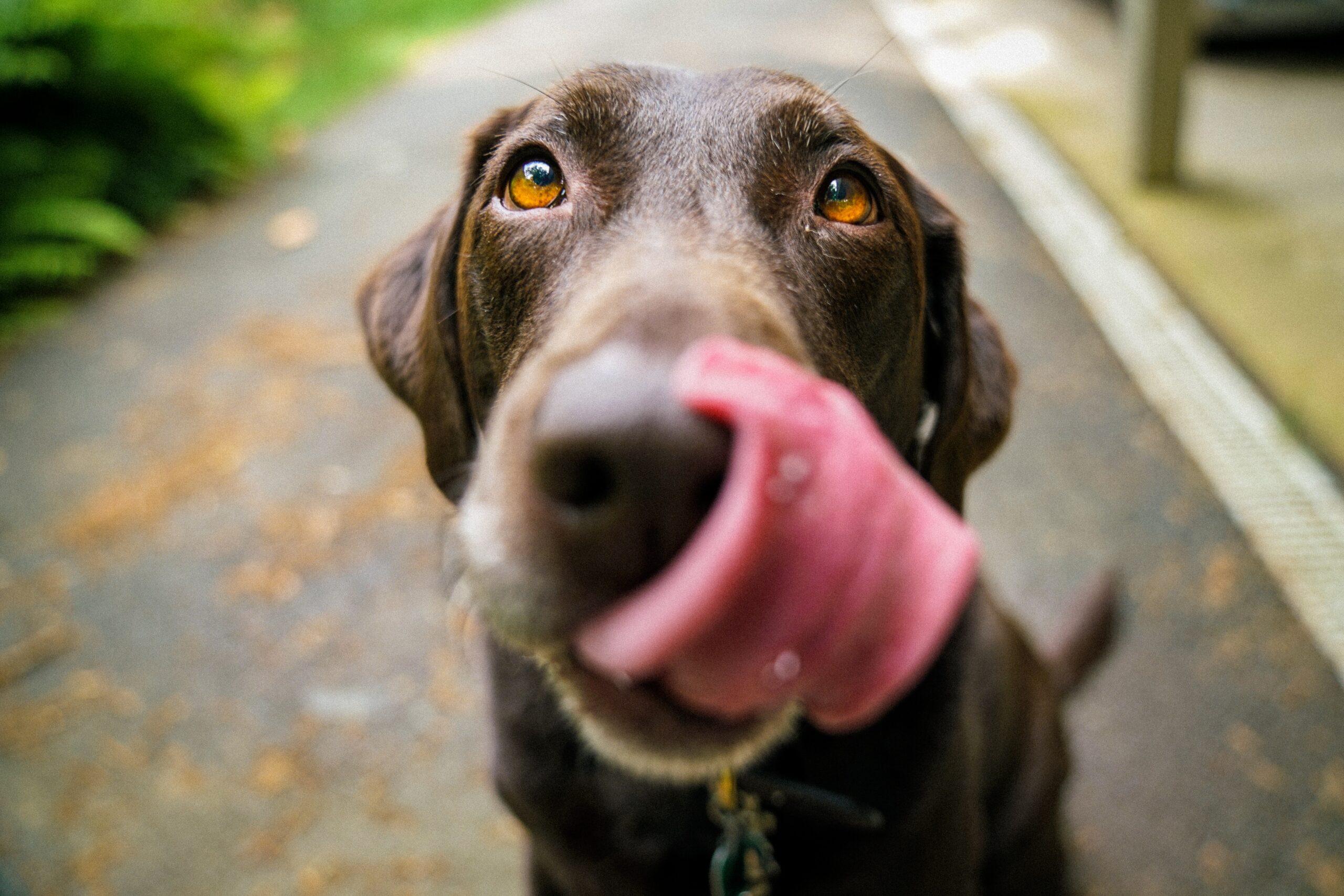If you’re anything like me, you probably want to spoil your furry friend with some tasty treats from time to time. But not all human foods are safe for Labradors, and some can even be toxic.
So how do you know what foods you can add to your Labrador’s diet and what to avoid? Let’s take a look at human foods that Labradors can eat and enjoy without any harm.
First of all, let me say that I’m not a veterinarian or a nutritionist, and this is not professional advice. You should always consult your vet before introducing any new food to your dog’s diet, especially if they have any health issues or allergies.
Also, remember that moderation is key. Even if a food is safe for Labradors, it doesn’t mean you can feed them as much as you want. Too much of anything can cause digestive problems or weight gain. So always keep an eye on your dog’s portion size and calorie intake.
Now that we’ve got that out of the way, let’s talk about some of the human foods that Labradors can eat. Here are some of my favourites:
Apples
Apples are a great source of vitamin C, fiber, and antioxidants for your Lab. They can also help clean their teeth and freshen their breath. Just make sure to remove the seeds and the core, as they can be choking hazards or contain cyanide.
Bananas
Bananas are rich in potassium, magnesium, and vitamin B6, which can benefit your Lab’s heart, muscles, and nerves. They are also sweet and soft, making them a perfect treat for older dogs or those with dental issues. However, bananas are also high in sugar and calories, so don’t overdo it.
Carrots
Carrots are low in calories and high in beta-carotene, which can support your Lab’s vision and immune system. They are also crunchy and satisfying, which can help curb your Lab’s chewing instincts. You can feed them raw or cooked, but avoid adding any salt or seasonings.
Cheese: Cheese is a good source of protein, calcium, and phosphorus for your Lab. It can also help them swallow pills or medications if needed. Most dogs love cheese, but some may be lactose intolerant or allergic to dairy products. So start with small amounts and watch for any signs of discomfort or diarrhea.
Eggs
Eggs are a complete protein that contains all the essential amino acids your Lab needs. They can also provide them with iron, selenium, and vitamin D. You can feed them cooked or raw, but make sure they are fresh and clean. Raw eggs may carry salmonella or other bacteria that can cause food poisoning.
Peanut butter
Peanut butter is a tasty and nutritious treat for your Lab. It can provide them with healthy fats, protein, and vitamin E. It can also keep them busy and entertained if you stuff it in a Kong toy or smear it on a lick mat.
However, not all peanut butter is created equal. Some brands may contain xylitol, an artificial sweetener that is toxic to dogs. So always check the label and choose natural peanut butter that has no added sugar or salt.
Pumpkin
Pumpkin is a superfood for your Lab. It can help regulate their digestion, improve their skin and coat health, and boost their immune system. It is also low in calories and high in fiber, which can help them feel full and prevent overeating. You can feed them canned or fresh pumpkin, but make sure it is pure pumpkin and not pumpkin pie filling that has added sugar and spices.
Yogurt
Greek Yogurt is a dairy product that contains probiotics, which are beneficial bacteria that can help improve your dog’s digestive health and immunity. You can give your dog plain yogurt without any added sugar or artificial sweeteners. You can also mix yogurt with some fruits or peanut butter for a tasty treat.
These are just some of the human foods that Labradors can eat safely and happily and on a budget. Of course, there are many more foods that you can share with your Lab, but always do your research first and consult your vet if you have any doubts. Remember that every dog is different and what works for one may not work for another. So always introduce new foods gradually and monitor your Lab’s reaction.
I hope you found this blog post helpful and informative. If you did, please share it with your friends and fellow Labrador owners.
And don’t forget to leave a comment below and tell me what human foods you feed your Lab and how they like them. I’d love to hear from you!

1 comment / Add your comment below